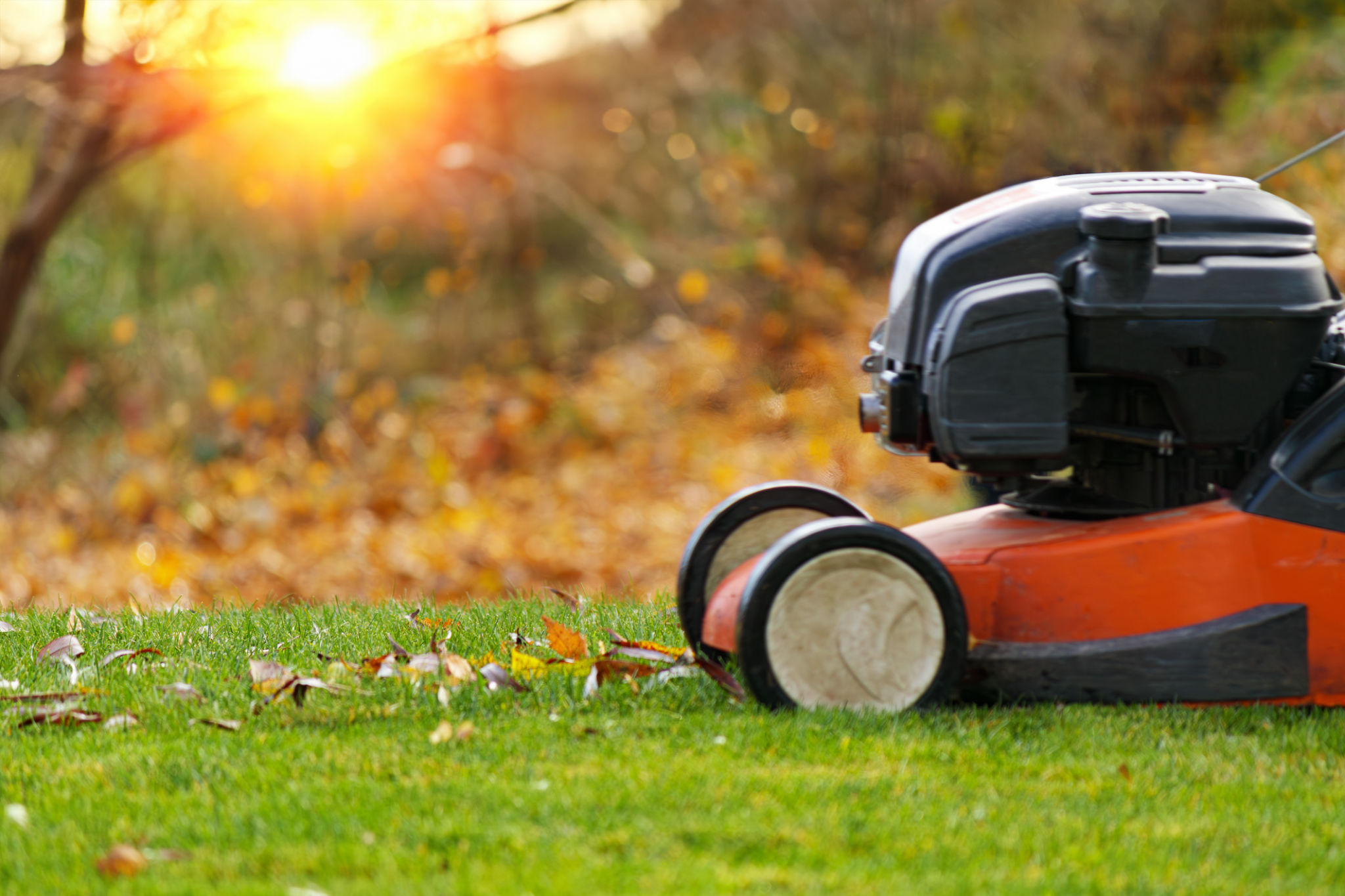Preparing Your Lawn for Fall: Expert Tips for a Healthy Winter
Understanding Your Lawn's Needs
As the vibrant greens of summer transition into the rich tones of fall, it's essential to prepare your lawn for the impending winter chill. Proper care in the fall can make a significant difference in how your lawn recovers come spring. Understanding the specific needs of your grass type and local climate will guide you in creating a customized fall lawn care plan.

Mowing and Aeration
One of the first steps in fall lawn preparation is adjusting your mowing habits. As temperatures drop, continue mowing grass at a slightly higher height, around 2.5 to 3 inches. This height helps protect the roots during winter, while still allowing sunlight to reach the grass blades. Additionally, aeration is crucial during the fall. Aerating your lawn helps relieve soil compaction and allows air, water, and nutrients to penetrate deep into the soil, promoting robust root development.
Fertilizing for Winter
Fertilizing your lawn in the fall provides essential nutrients that help grass store energy for the cold months ahead. Choose a slow-release fertilizer with a balance of nitrogen, phosphorus, and potassium. Applying fertilizer in the early fall will ensure that your lawn has sufficient time to absorb these nutrients before winter sets in. This practice not only strengthens the grass but also enhances its resilience against diseases and harsh winter conditions.

Leaf Management
Leaves may be beautiful as they change color, but they can suffocate your lawn if left to accumulate. Regularly rake or mulch leaves to prevent them from blocking sunlight and trapping moisture. Mulching is a particularly effective method as it shreds leaves into small pieces, allowing them to decompose and add organic matter back into the soil.
Seeding Bare Spots
Fall is an excellent time to address any bare or thin spots in your lawn. Over-seeding during this season gives new grass ample time to establish roots before winter. Select a grass seed blend suitable for your region and spread it evenly over bare areas after aeration. Water the newly seeded areas regularly to keep the soil moist until germination occurs.

Pest and Disease Control
As part of your fall lawn care routine, monitor for signs of pests and diseases. Cooler temperatures can sometimes exacerbate these issues. Look for irregular patches, discoloration, or visible insects, and take appropriate action using environmentally safe pest control methods when possible. Maintaining a healthy lawn through proper fertilization and aeration can naturally reduce susceptibility to pests and diseases.
Watering Wisely
While watering needs decrease as the weather cools, it's still important to ensure your lawn receives adequate moisture until the ground freezes. A deep watering once or twice a week should suffice in most regions. Avoid overwatering as it can lead to root rot and other fungal infections. Adjust your watering schedule based on rainfall and the specific needs of your grass type.

Final Preparations
As you conclude your fall lawn care efforts, take time to clean up garden tools and equipment. Proper maintenance will extend their lifespan and ensure they're ready for use when spring arrives. Additionally, consider applying a layer of mulch around trees and shrubs to help insulate roots against temperature fluctuations.
By following these expert tips, you'll be well on your way to ensuring a healthy, vibrant lawn that bounces back beautifully after winter. Taking proactive steps in the fall sets the stage for a lush, green landscape that you'll enjoy throughout the growing season.